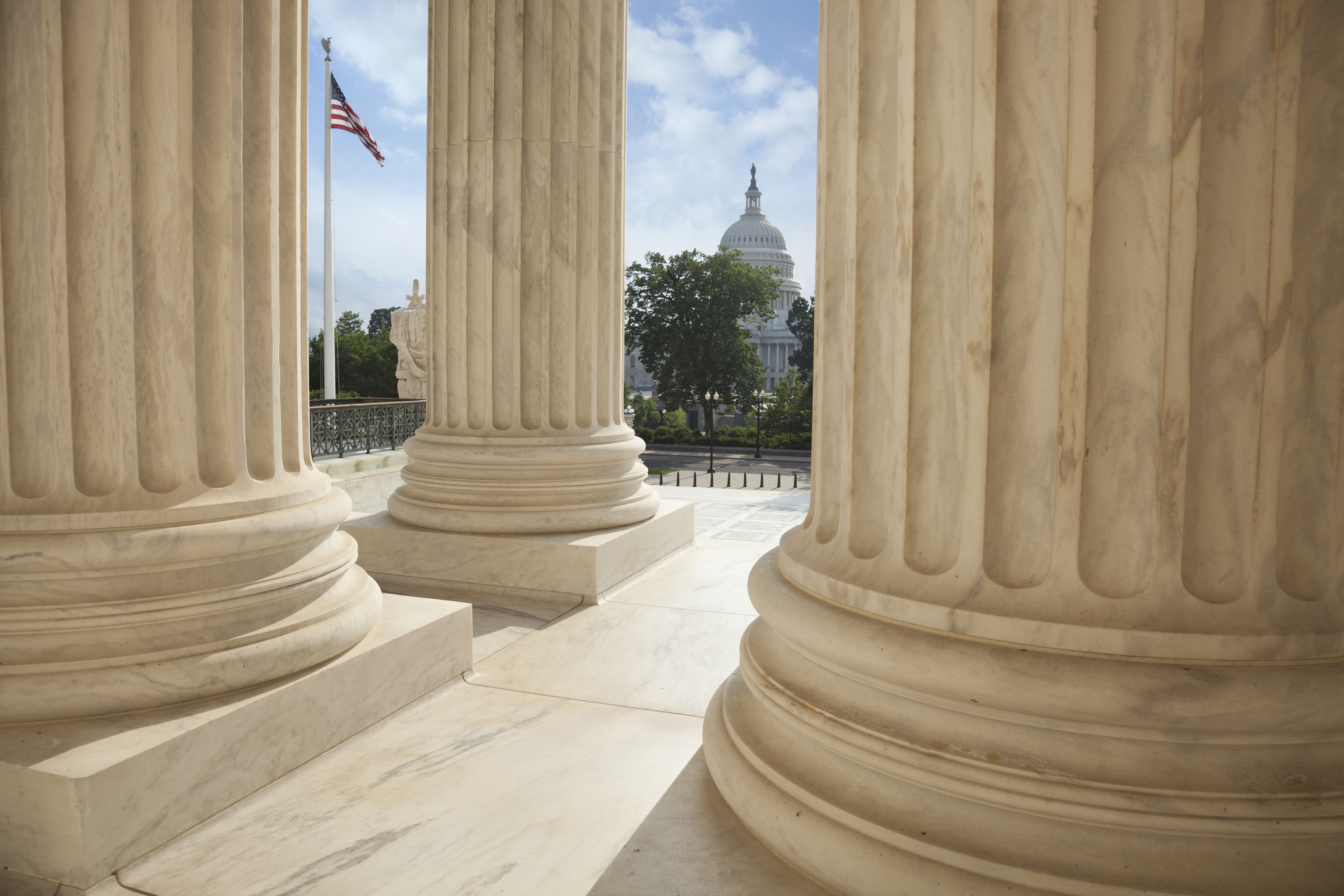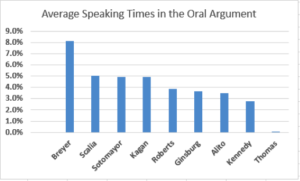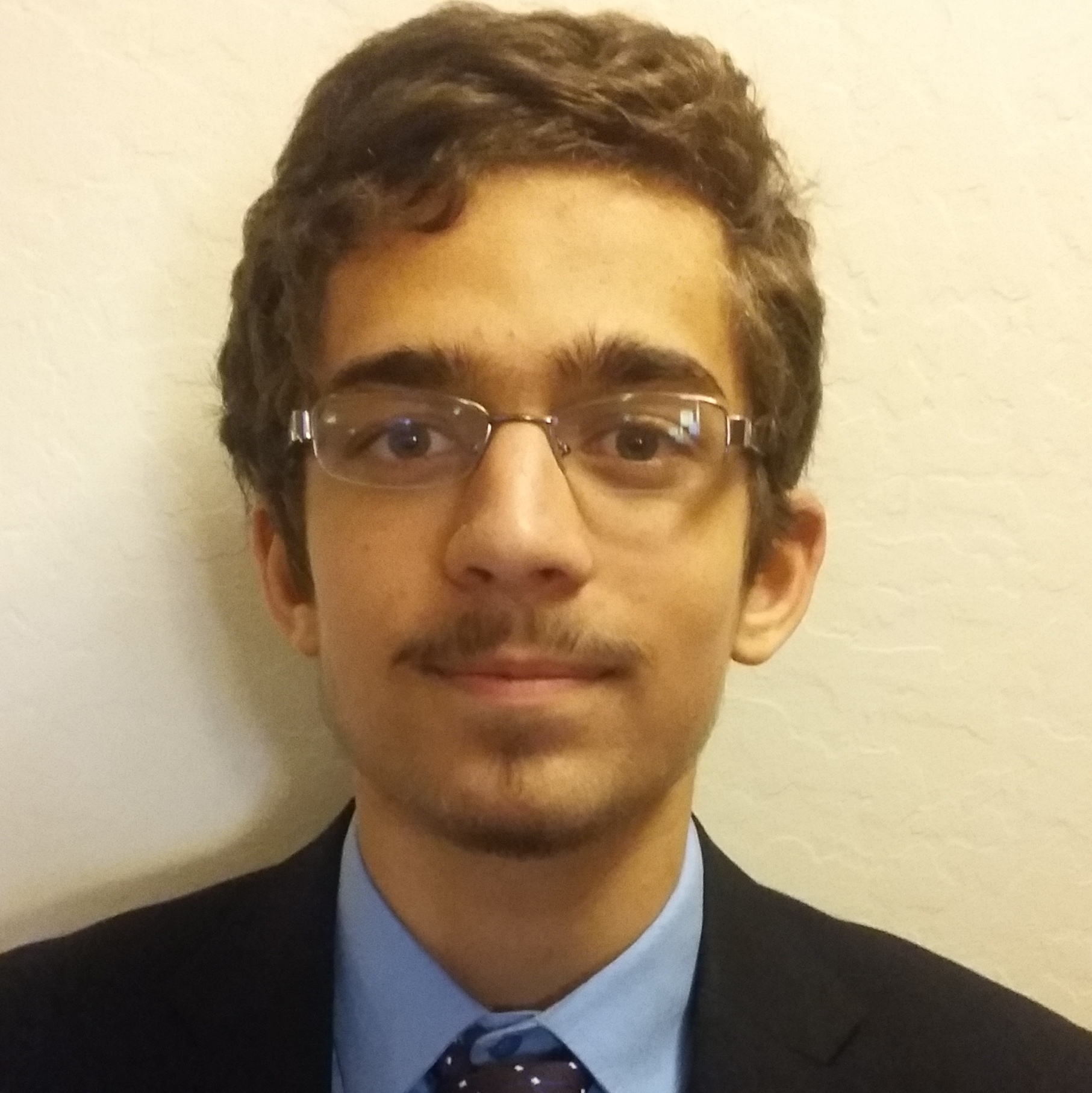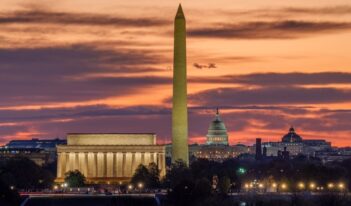
Oral argument transcripts may reveal Supreme Court Justices’ motivations for speaking.
“I’m sorry for taking up so much time,” said Justice Neil Gorsuch, apologizing for his enthusiasm during his first appearance in a U.S. Supreme Court oral argument after being sworn in as the high court’s newest justice. During the hour-long hearing, Justice Gorsuch asked 22 questions, reportedly breaking Justice Sonia Sotomayor’s record for most questions asked in a justice’s first appearance at an oral argument.
Although justices vary in their levels of participation during oral arguments, Justice Gorsuch has already differentiated himself from his colleagues with his very talkative approach. Justice Clarence Thomas, by contrast, maintained a 10-year-long streak of silence at one point. Indeed, his very act of speaking in early 2016 was considered newsworthy because he is known to be so tight lipped. His silence is rooted in the way he understands the role of oral arguments in the judicial process, as Justice Thomas reportedly believes that justices should speak minimally and not “badger” lawyers. Justice Gorsuch’s first day was no exception for Justice Thomas, who did not open his mouth once during its oral proceedings.
What motivates some justices to speak a lot while their colleagues remain relatively silent? I suggest that one theory is that justices are, to different degrees, veritable “peacocks,” seeking publicity. If the “peacock hypothesis” holds, we should expect the justices to speak more in high-profile cases so as to get the maximum limelight. An alternative theory is that ideological bias drives their participation. In the “partisan hypothesis,” justices intervene strategically in oral arguments to help their preferred side prevail in the final vote. They do so either by asking “softballs” of the lawyer whose position they support or by attacking the case of the lawyer whose position they oppose.
To test these competing theories empirically, I examined the transcripts of the 281 oral arguments heard by the Supreme Court in its 2011 through 2014 terms. I chose this four-year period because it is the most recent time period in which the composition of the Supreme Court did not change, and thus inter-personal dynamics are not a confounding factor. Using a program written in Python, I counted the number of words—a proxy for speaking time—spoken by each of the justices and lawyers in a given case. Here is how the results break down overall:

I find that, on average, the justices account for a surprising 37 percent of the words spoken during these proceedings. Judging by their distribution along the above graph, there does not seem to be a stark gender or ideological divide in words spoken. What, then, drives these variations, if not gender or ideology? Using multivariate regression analysis, I examined the validity of the “partisan” and “peacock” hypotheses.
To investigate the peacock hypothesis, I measured case visibility along three dimensions: policy visibility (how relevant a case is for interest groups who are directly affected by the ruling), political visibility (how extensively a case is discussed in the popular media), and legal visibility (how much attention a case captures from legal scholars because of the constitutional issues at stake). I found that none of the dimensions of case visibility motivate the justices to speak more, indicating that, as a group, they do not seek the limelight when they intervene in oral arguments.
To measure the extent to which ideology influences a justice’s participation, I divided the cases into categories based on the closeness of the final vote. If the justices act as partisans, then one might expect higher participation in cases where the direction of the Court’s decision was uncertain. Although it sounds counterintuitive, because the final vote takes place after a case’s oral arguments, past research suggests that justices develop a fairly accurate picture of how their colleagues are likely to vote prior to oral arguments. Justices can thus determine whether active participation in the oral argument is necessary. I find that the closeness of the final vote appears to motivate the justices to speak more, providing support for the hypothesis that justices act as partisans.
As Justice Gorsuch now hears Supreme Court cases, with some questioning the legitimacy of his appointment, it will be worth watching how he contributes to oral arguments. So far, it seems that he is going to be a voluble contributor in the mold of the late Justice Antonin Scalia, whose vacancy he has filled. Yet, what will drive him to speak? Will he intervene based on calculated decisions? Or will he, like one of Justice Thomas’s “badgers,” set aside the intricacies of the cases before him and seek the limelight instead?




